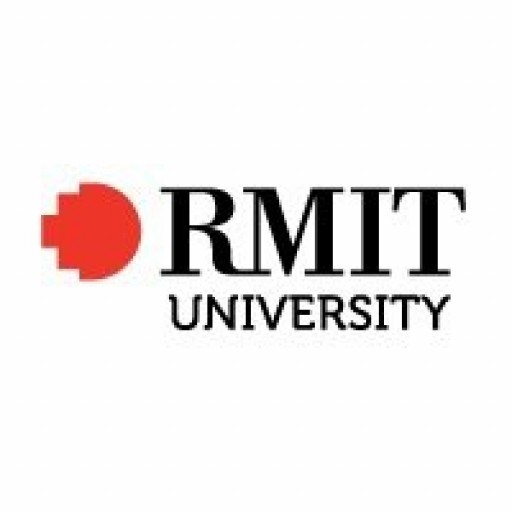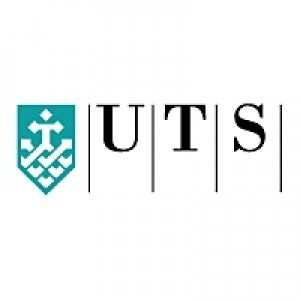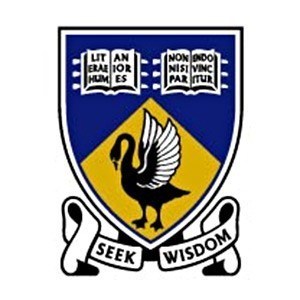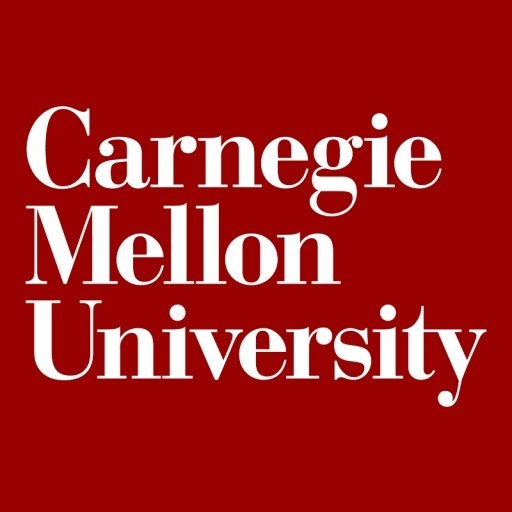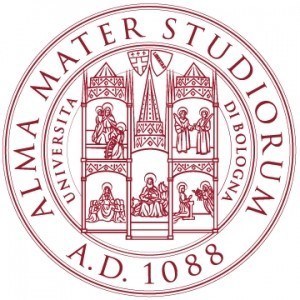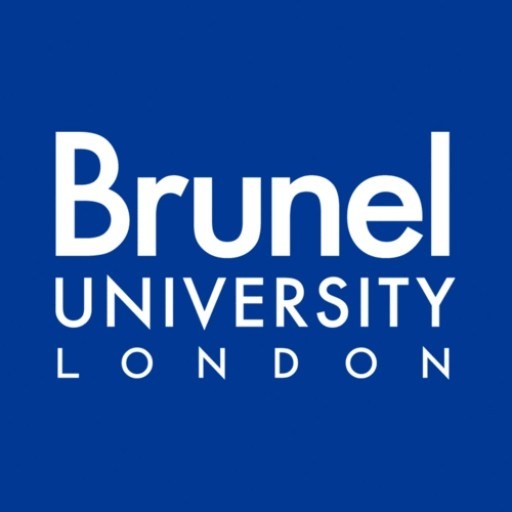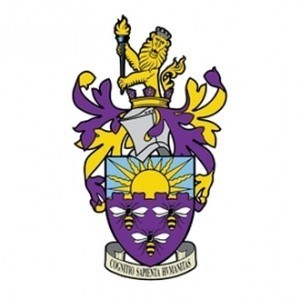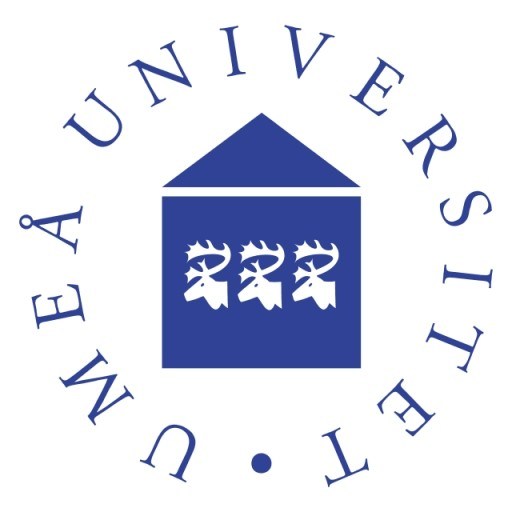Photos of university / #rmituniversity
Program Description:
The Bachelor of Fashion Design at RMIT University offers a comprehensive and innovative education for students passionate about creating forward-thinking fashion. This program combines creative development with technical expertise, empowering students to conceptualize, design, and produce both commercial and avant-garde fashion pieces. Throughout the course, students explore a wide range of disciplines including textile research, pattern making, garment construction, sustainable design practices, and fashion merchandising. The curriculum emphasizes a strong foundation in design principles, digital skills, and industry engagement, ensuring graduates are well-equipped to excel in the global fashion industry.
Students benefit from state-of-the-art facilities, including dedicated design studios, fabric laboratories, and digital workshops that foster a hands-on learning environment. The program encourages experimentation, innovation, and a critical understanding of contemporary fashion issues such as sustainability, ethics, and cultural influences. Industry placements and collaborations are integral to the program, providing students with practical experience and professional networking opportunities that facilitate career development in areas such as fashion design, styling, visual merchandising, and entrepreneurship.
RMIT’s strong emphasis on sustainability and ethical fashion practices prepares students to address current challenges facing the industry. The program also offers opportunities for international study and exchange, broadening students' cultural perspectives and global industry understanding. By the time of graduation, students will have developed a compelling portfolio showcasing their creative talents and technical skills, ready to undertake careers in fashion design, trend forecasting, or start their own fashion labels.
The Bachelor of Fashion Design at RMIT is designed for ambitious individuals who are passionate about shaping the future of fashion through innovation, sustainability, and cultural relevance. Our graduates go on to work with leading fashion brands, launch successful startups, or pursue postgraduate studies, contributing creatively and ethically to the fashion industry worldwide.
Year One of Program
Complete the following Five (5) Courses:
| Course Title | Credit Points | Course Code | Campus |
|---|---|---|---|
| Advanced Fashion Design Studio 1 | 24 | GRAP2645 | City Campus |
| Professional Engagement | 12 | GRAP2650 | City Campus |
| Fashion Design Research A | 12 | GRAP2652 | City Campus |
| Advanced Fashion Design Studio 2 | 36 | GRAP2646 | City Campus |
| Fashion Design Research B | 12 | GRAP2651 | City Campus |
AND
Year Two of Program
Complete the following Four (4) Courses:
| Course Title | Credit Points | Course Code | Campus |
|---|---|---|---|
| Advanced Fashion Design Studio 3 | 36 | GRAP2647 | City Campus |
| Practice-Led Research Design | 12 | GRAP2710 | City Campus |
| Advanced Fashion Design Studio 4 | 36 | GRAP2648 | City Campus |
| Fashion Dissemination and Communication | 12 | GRAP2649 | City Campus |
You must have:
- Successfully completed an Australian three year bachelor degree in fashion design (or equivalent overseas qualification) with a GPA of 2.5 out of 4.0 (65% average), or
- A four year bachelor honours degree in fashion design (or equivalent overseas qualification).
Prerequisites
None
Selection tasks
Applicants with a three year degree in fashion design must submit a folio.
Folio Requirement
Your folio should reflect how you have engaged in the conceptual, creative and applied process of fashion design appropriate to your background and to express your design and research interests.
What to include in your folio:
- We recommend your folio consists of no more than 15 pieces of work. This can include examples from previous study, personal or industry design experience.
- Folios at this level do not have a specific format and will vary depending on the experience and focus of the applicant.
You should include:
- Evidence of research and conceptual analysis
- Evidence of design process
- Evidence of sustained written work
- Finished garments or prototypes in physical or documented form
- Publications, photographs, films or other forms of fashion communication.
How to present your folio:
You are required to submit a folio in PDF or JPEG format with your application.
You can photograph or scan your work, but please make sure it is in focus and well presented. Each electronic file should be no larger than 10MB.
The Bachelor of Fashion Design at RMIT University offers a range of financing options to support students throughout their studies. Domestic students may be eligible for government assistance schemes such as the Commonwealth Supported Place (CSP), which significantly reduces the tuition fees, with the remaining portion covered by the government. Additionally, students can access various financial aid programs, including Australia's Youth Allowance and Commonwealth Supported Placement grants, depending on their eligibility criteria. RMIT also provides scholarships specifically for fashion students, which can cover partial or full tuition fees, and are awarded based on academic merit, creative portfolio, or financial need. International students are required to pay full tuition fees, and RMIT offers flexible payment plans to help manage these costs over the duration of their degree. Students often finance their studies through a combination of personal savings, family contributions, student loans, and scholarships. The university provides comprehensive financial counseling services to assist students in planning their budgets and exploring available funding opportunities. Some students may also gain part-time employment through university work placement programs or external jobs, which can help offset living expenses and reduce overall financial burden. The cost of materials, studio equipment, and field trips is usually included in the overall fee structure, but students should verify specific expenses as they vary each year. RMIT's proactive approach to student financing ensures that aspiring fashion designers can focus on their creative pursuits without undue financial stress, making quality education accessible to a diverse student body.
The Bachelor of Fashion Design at RMIT University is a comprehensive program that equips students with the skills, knowledge, and practical experience necessary to excel in the dynamic and competitive fashion industry. The curriculum is designed to foster creativity, innovative thinking, and technical proficiency, enabling graduates to develop their own distinctive design identities. Students engage in a broad range of coursework covering fashion illustration, pattern making, garment construction, textile capabilities, and sustainable design practices. The program emphasizes the importance of understanding market trends and consumer preferences to create commercially viable collections.
Throughout the course, students benefit from access to state-of-the-art facilities, including design studios, sewing labs, and computer-aided design (CAD) technology. They have opportunities to participate in industry partnerships, internships, and live projects, which provide valuable real-world experience and networking opportunities. The program encourages experimentation with various materials, craftsmanship, and digital tools, promoting innovative approaches to fashion creation.
Additionally, the Bachelor of Fashion Design at RMIT emphasizes sustainability and ethical practices within the industry, preparing graduates to contribute responsibly to environmental and social advancements. Students are also encouraged to develop their entrepreneurial skills, exploring ways to launch their own labels or work within established fashion houses. The program culminates in a final collection or portfolio, demonstrating their personal style, technical skills, and innovative concepts.
RMIT's strong industry connections and location in Melbourne—one of the world's fashion capitals—offer students excellent opportunities for exposure, collaboration, and employment following graduation. Graduates from this program are well-prepared to enter careers in fashion design, styling, merchandising, or to further their education with postgraduate studies. The program fosters a dynamic and creative environment where students are supported to push boundaries and develop their unique voice in the fashion landscape.
